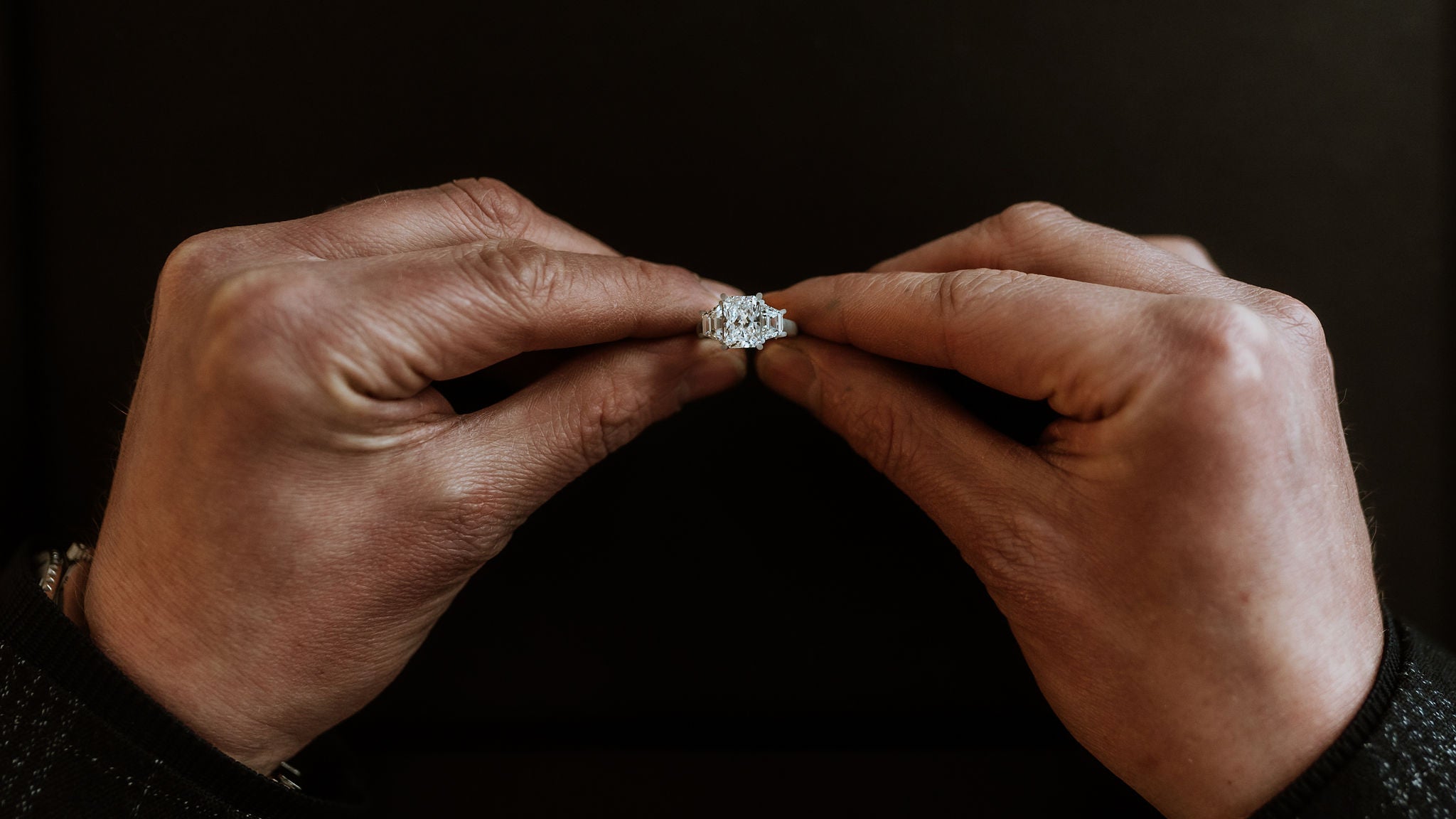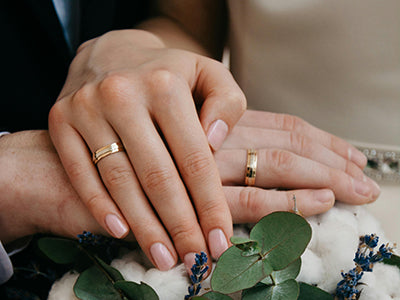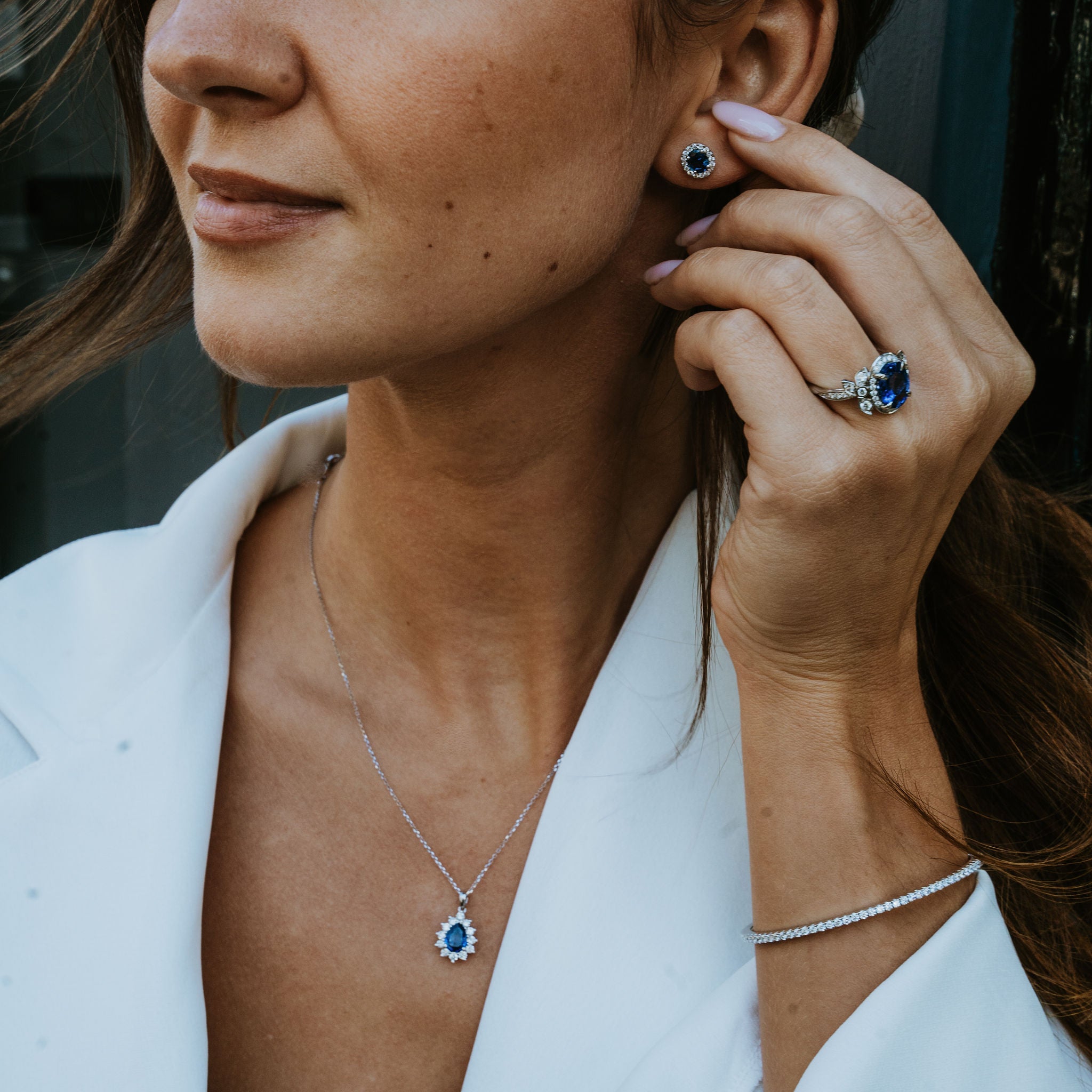
The role of most bespoke jewellery is to serve as wearable art; the beauty of a necklace or bracelet is largely for its own sake or to enhance the style of the wearer.
However, whilst Oscar Wilde once infamously noted that art, wearable or otherwise, is useless outside of being something to be admired, it belies the fact that a lot of the most popular pieces of jewellery you can buy are designed to have a function and a purpose.
One of the earliest and most notable examples of this is the signet ring, a statement piece typically worn on the little finger of a person’s non-dominant hand.
They are typically somewhat large, commonly bespoke but always leave an impression on people. However, what was their original function, and why do signet rings still fascinate us to this day?
What Were Signet Rings Used For?
Alongside early fibula brooches, signet rings were one of the original pieces of functional jewellery, and much like the brooch, its invention was as a type of artistic necessity.
Before the signature became the symbol of authenticity and approval, a stamp seal was used instead, as it was far easier to mark wet clay tablets with the seal whilst they were wet than to have a relevant figure carve their name or monogram manually.
Another connection between signet rings and brooches is that the concept evolved in parallel in multiple early civilisations; there were the scarab rings of Ancient Egypt, the Minoan seals on the island of Crete and the more mysterious seals of the Indus Valley civilisation.
Even this early, a signet ring was seen as a symbol of power and authority, as they could be imprinted onto clay or sealing wax to create an identifying mark that was connected, figuratively or often literally, to someone else, whilst being easier to discern than a fingerprint would have been at the time.
This means that a signet ring was a combination of a membership card, a form of identification and a signature, something that was essential for anyone who needed to validate their identity for business purposes.
Some signet rings are still used for this purpose today, although the decline in the use of wax seals for tamper prevention means that they became increasingly ceremonial.
What Are The Differences Between Traditional And Modern Signet Rings?
Signet rings were traditionally mirrored to ensure that any writing on the wax seal would be the right way around, but many modern signet rings focus more on the aesthetics of the ring itself, so whilst this is typically the case it may not always be so.
We offer both deep and surface cut engraving because of this, to ensure that a signet ring meets your exacting practical and aesthetic needs.
Some signet rings cannot be used for sealing purposes or feature the signature shape of a signet ring but without the engravings.
Finally, the advances in engraving technology and techniques mean that far more elaborate and detailed designs are available now than might have possibly been the case during the peak of signet rings as an identification necessity.
Much of this development began in the Victorian era; as the signet ring became less important for sealing documents, the designs of the era became increasingly elaborate, to the point that many of them were worn as necklaces or attached to fobs akin to pocket watches rather than worn on the finger.
Why Are They Still Appealing Today?
In some fields and cultures, a signet ring or at least an identification seal is still necessary.
In Japan and China, seals are still used as a form of identification for contracts and legal documents, similar to how a business might use a rubber stamp, and certain figures of authority will still use a signet ring for its intended purpose.
However, many people love to wear a signet ring even if they will not or cannot use it, in no small part due to the reputation of the piece.
There is perhaps no other piece of jewellery aside from a crown that conveys the level of authority that a signet ring does, and they often became less symbols of individual identity as they became heirlooms and symbols of wealth and taste.
It also helps that, as an item of jewellery, a signet ring is one of the easiest items to wear and goes with almost any type of fashion or accessory, expressing a personal touch that is not often seen outside of lockets and some brooches.





